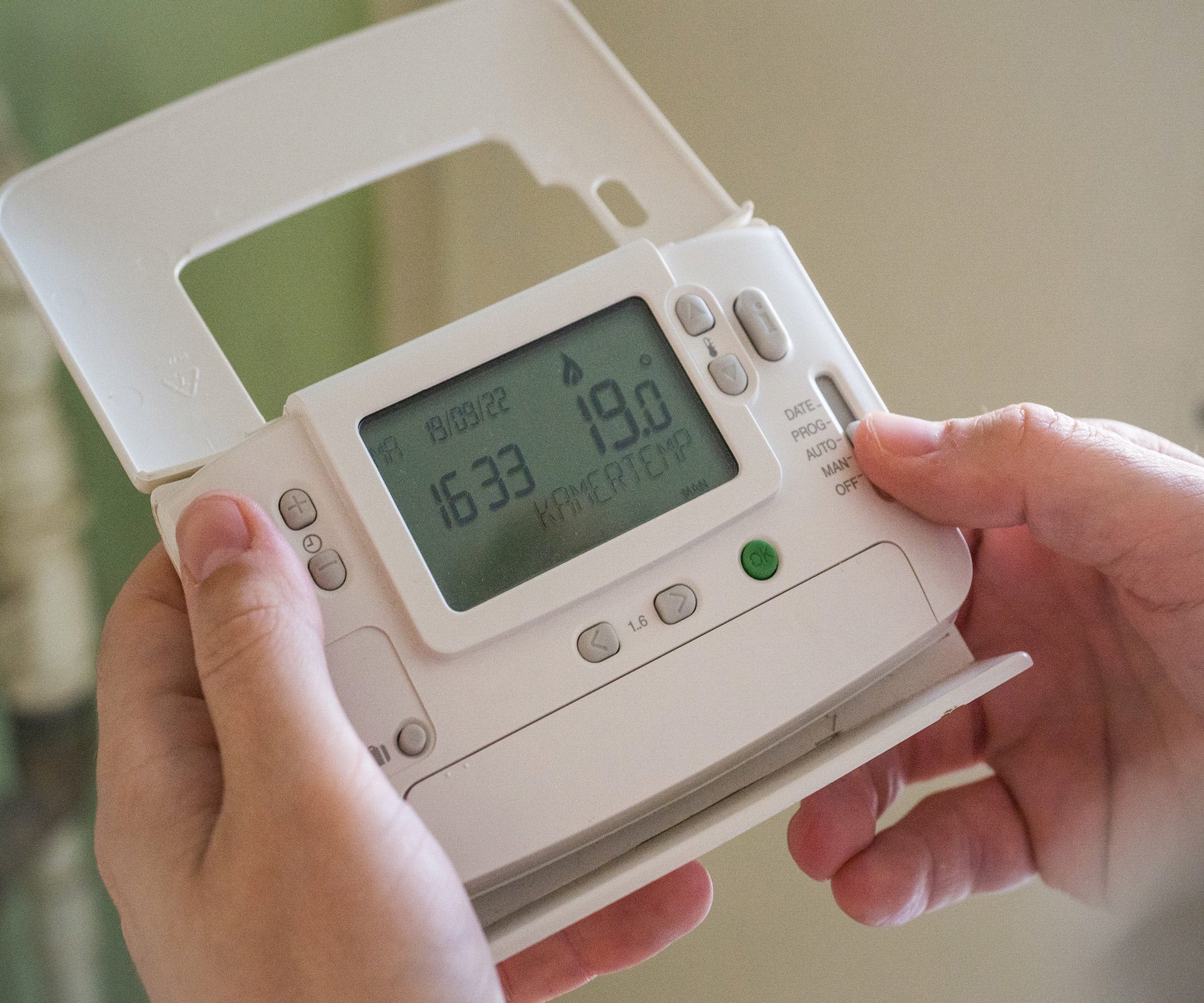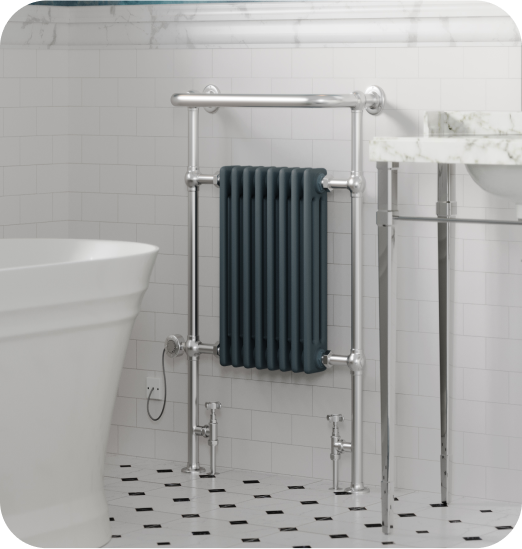
Where's The Best Place To Fit A Central Heating Thermostat?
Why Your Thermostat Location Matters
Understanding the significance of your thermostat's placement within your home is crucial, as it directly influences the overall efficiency and effectiveness of your heating system.
The core principle governing thermostat functionality lies in its ability to measure the ambient temperature of its surrounding area.
By assessing the average temperature, the thermostat relays precise signals to your boiler, prompting it to activate or deactivate the central heating accordingly. Its main job is to make sure your indoor temperature matches what you want.
Consequently, the location of the thermostat plays a pivotal role in determining how well it accomplishes this task.
But here's the catch. If you put the thermostat in a spot that gets hotter or colder than the rest of your house, a conflict between your thermostat and boiler can arise. Your heating system might end up in a constant battle to keep up, and you'll find yourself constantly fiddling with the settings to feel comfortable.
So, it's essential to choose the right spot for your thermostat. That way, you can keep your home cosy without any unnecessary battles with your heating system.
Where Should the Thermostat Be Placed in the House?
Fed up with constantly tinkering with your thermostat settings? Discover the best spots in your home to position it in this short video.
Where Not to Position Your Thermostat
When it comes to finding the perfect spot for your central heating thermostat, there are a few places you want to avoid. These include:
- Over a radiator. The heat from the radiator can give it a false reading, leading to incorrect temperature adjustments.
- Exposed to direct sunlight. The heat from the sun can mess up the thermostat's readings, causing it to think your home is warmer than it is.
- In a kitchen. The kitchen might seem like a convenient spot, but it's a no-go for the thermostat. The fluctuating temperatures from cooking and the oven can confuse it, making it difficult for your home to reach a comfortable set temperature.
- By windows or doors. Cold drafts from outside or heat escaping can throw off the thermostat's accuracy.
- In a hallway. The hallway is often a tempting choice, but it's not ideal either. High-traffic areas can lead to inconsistent readings and your thermostat might struggle to maintain a steady temperature.
- Near air vents. The direct flow of air can give it a skewed perception of the overall temperature.
By avoiding these locations, you can ensure your thermostat works efficiently, helping your home reach a comfortable temperature without wasting energy.
Other Considerations
It's essential to ensure that the radiators situated in the vicinity of your main thermostat are equipped with manual valves rather than Thermostatic Radiator Valves (TRVs). This prevents any potential conflict between the thermostat and the TRVs.
By having manual valves in place, you establish a harmonious temperature control system that allows the central thermostat to effectively regulate the overall room temperature without being contradicted by the individual temperature adjustments that TRVs might initiate.
This arrangement ensures that your heating system operates seamlessly and efficiently, maintaining a comfortable environment without any internal thermostat-TRV conflicts.
To sum it all up, the position of your central heating thermostat is more critical than you might have realised.
By considering these factors and making an informed decision about your thermostat's placement, ensuring your home is comfortable and energy-efficient all season long. So go ahead and find that perfect spot for your central heating thermostat.
Ready to dive into a world of energy-saving wisdom? Look no further! Our advice centre has a special section dedicated to everything you need – energy-saving tips, tricks, do's, don'ts, scientific insights, and debunked myths.










